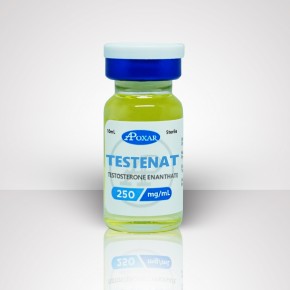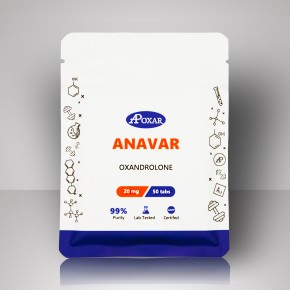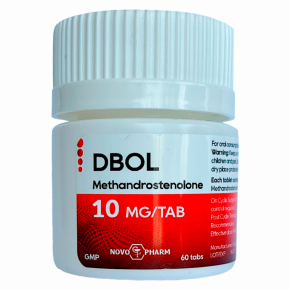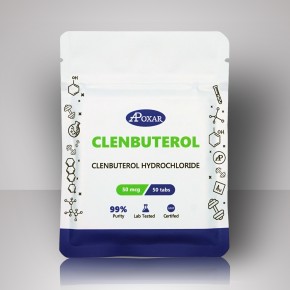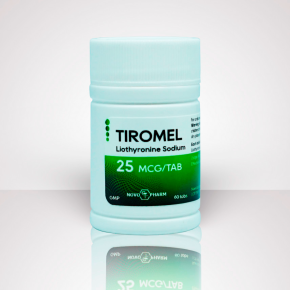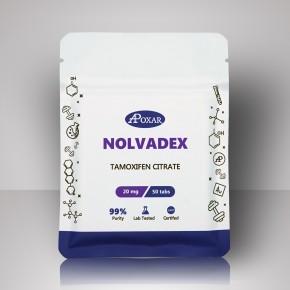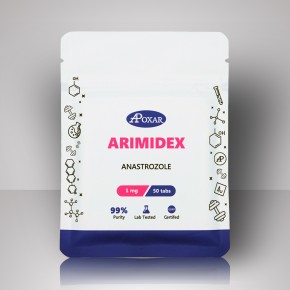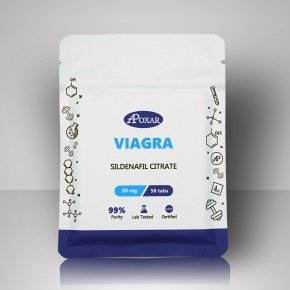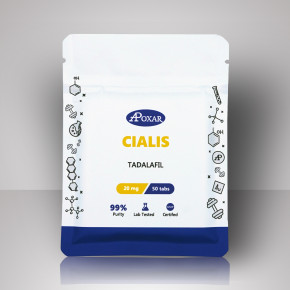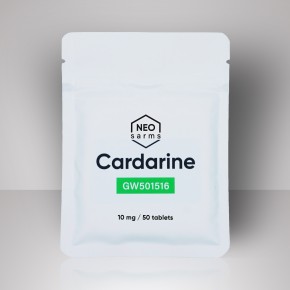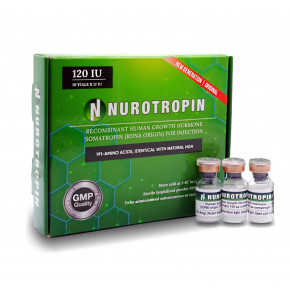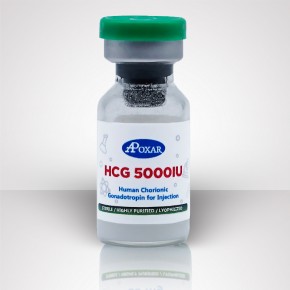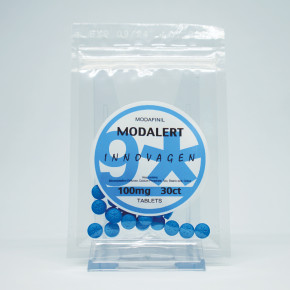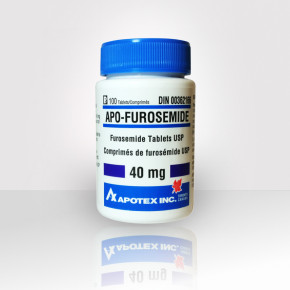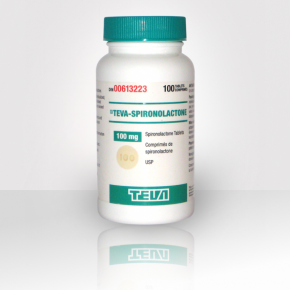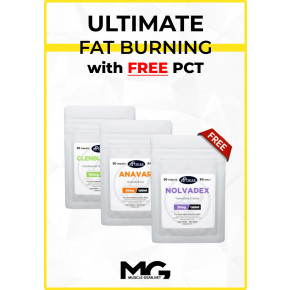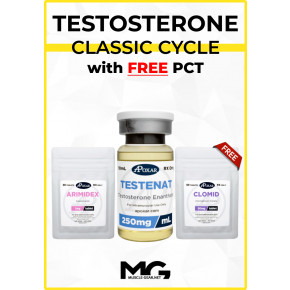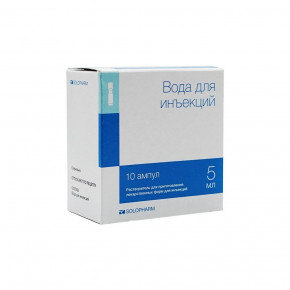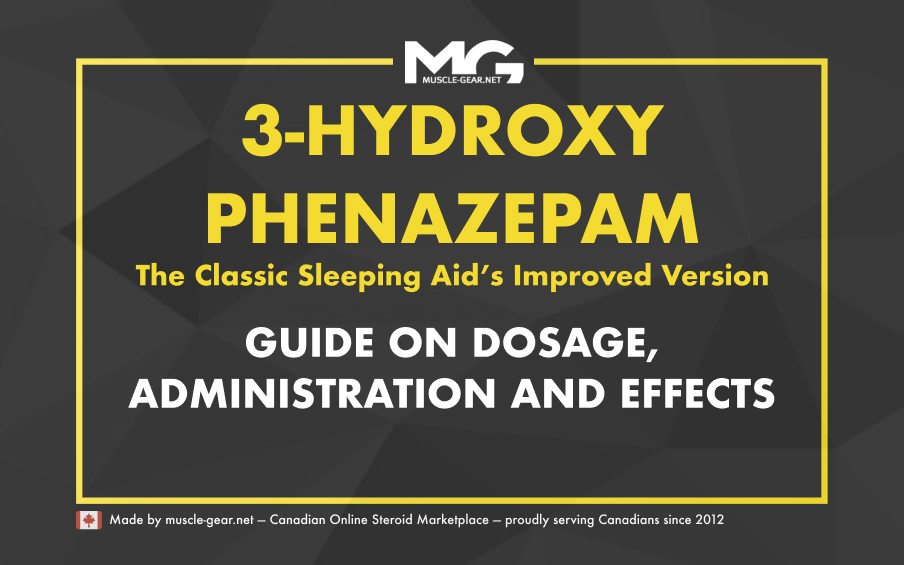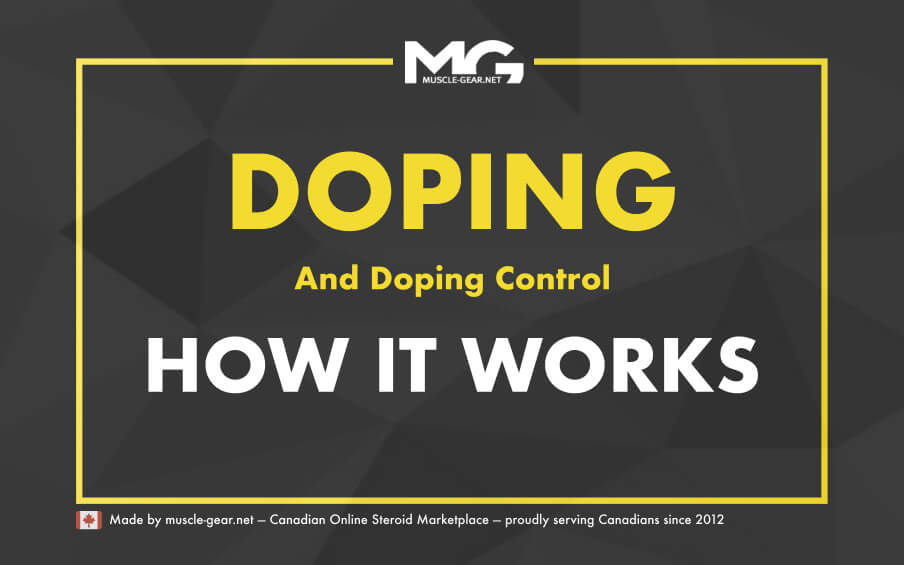Diuretics are specific medications (either injectable or oral tablets), medically prescribed and administrated for systemic hypertension, pulmonary hypertension-edema and left heart failure. They are extremely dangerous when used incorrectly, able to cause severe hypovolemia, dehydration leading to collapses and muscle cramps-spasms(1). Heart arrhythmia is another complication of potassium electrolyte imbalance, especially those who are potassium-sparing (spironolactone-aldosterone inhibitor).
Furosemide is a potent diuretic that flushes away all electrolytes (sodium, potassium, chloride, magnesium, calcium) and eventually causes metabolic alkalosis (hypokalemia). It acts on the loop of Henle and in proximal-distal renal tubules. On the other hand, spironolactone is an aldosterone inhibitor that blocks ACTH from adrenals. Spironolactone is a potassium-sparing compound, unlike furosemide. Aldosterone is an important hormone that plays a significant role in the last days before a bodybuilding competition. The athlete tries to trick his system by blocking aldosterone the day before glycogen loading. Using excessive amounts of table salt, the adrenals realize that aldosterone is not necessary, therefore ACTH is inhibited. The final result would be a drier look due to low sodium retention from the organism.
We have to realize that the use of spironolactone by female athletes will diminish the androgenic effects coming from the adrenals and DHEA. Androgens in women are released mainly from ovaries and adrenal glands. As a result, the block of ACTH will diminish hirsutism, caused by androgens(2). As well known, they are responsible for the deepening of the voice, body hair growth, acne and clitoris enlargement (secondary sexual characteristics). However, abuse of spironolactone would eventually lead to hyperkalemia, that might become fatal, especially during ventricular fibrillation, a heart arrhythmia. Spironolactone abuse might give gynecomastia as well. It is obvious that those who will to use spironolactone should avoid potassium in their diet, in order to prevent hyperkalemia (bananas, potatoes). Spironolactone, unlike furosemide, is responsible for keeping sarcoplasm’s volume. This reflects the external appearance of the bodybuilder, where his muscles are toned, able to contract. On the contrary, furosemide by flushing away all electrolytes from the muscle’s cytoplasm and potassium, in particular, will lead to the characteristic flat and empty look of the muscles.
Potassium is the main intracellular electrolyte and significant for keeping cell’s volume. Spironolactone requires 72 hours for proper pharmacokinetics; therefore it should be used at least during the end of carb depletion, or beginning of carb loading. The tricky part with spironolactone comes the day before the show, when serum potassium is high and switch to furosemide is an obligatory thing. Furosemide use will flush the extra potassium, in order not to be dangerously increased into the bloodstream.
For those who wish to use furosemide, they have to consume calcium and magnesium from supplementary sources, in combination with carbohydrates rich in potassium, such as baked potato and banana. Muscles are unable to flex and pump, without proper electrolyte balance. Diuretics are prohibited strictly during glycogen depletion phase, or any other period of the pre-contest preparation, apart from the carbohydrate loading phase. Injectable furosemide is extremely risky and acts within minutes after the intramuscular administration. Some athletes decide to combine smaller doses of potassium-sparing and nonpotassium sparing diuretics, in order to achieve a dry look with more safety in terms of dehydration and hypovolemia. This occurs at different times within the day, AM & PM.
References:

 Trusted by 50,000 Customers
Trusted by 50,000 Customers